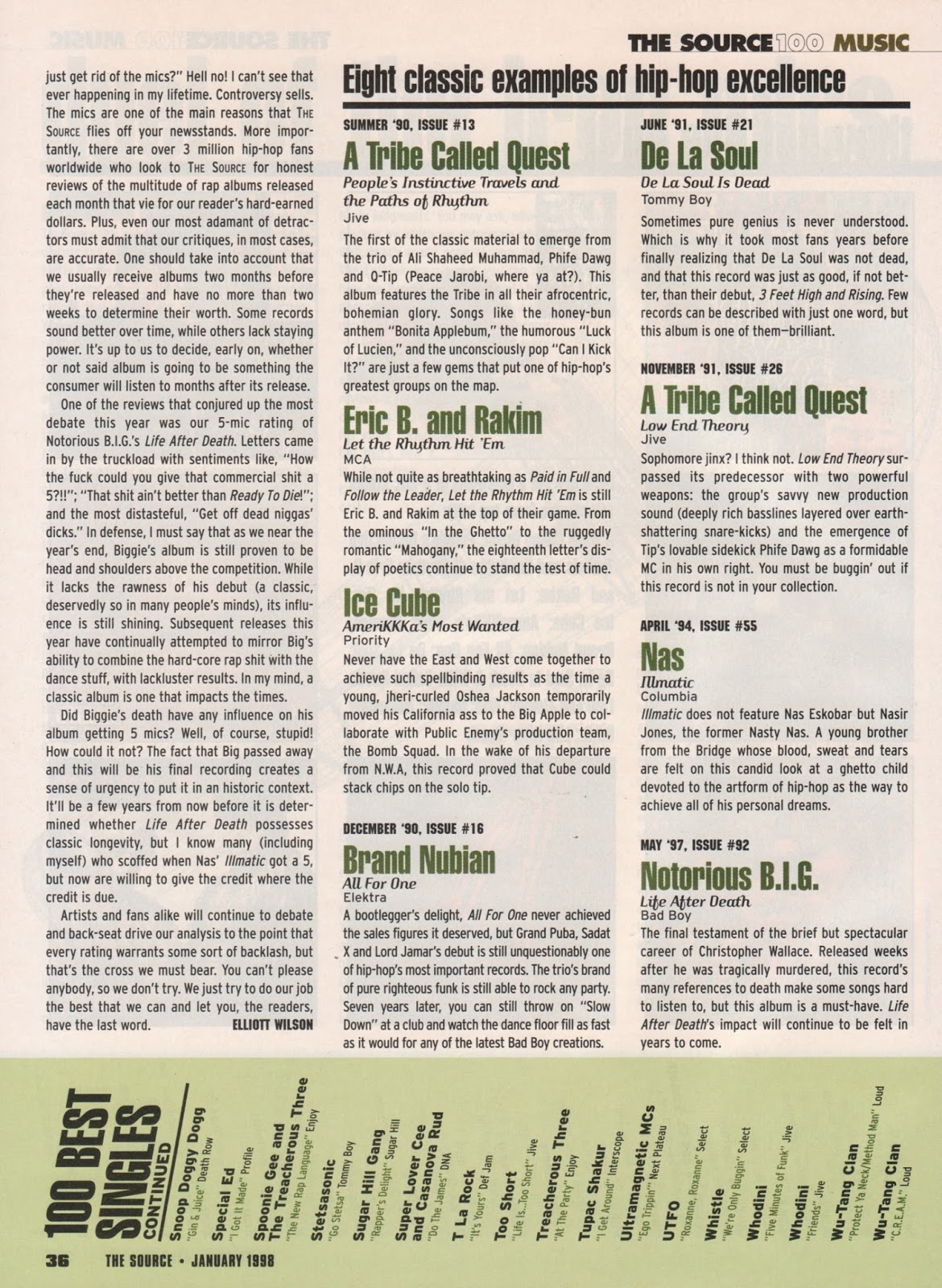The Source Ratings play a crucial role in determining the reliability and credibility of information in today's digital age. As we navigate through an overwhelming amount of data online, understanding how to assess the quality of sources becomes essential for making informed decisions. In this article, we will explore the significance of source ratings, their methodologies, and how they affect the way we consume information.
With the rise of misinformation and the prevalence of fake news, source ratings have emerged as a vital tool for individuals seeking trustworthy content. By evaluating the credibility of various sources, readers can better discern fact from fiction, ultimately leading to more informed opinions and choices. This article aims to provide a comprehensive overview of source ratings, their importance in the information age, and how to apply these ratings to enhance the quality of the information we consume.
In the following sections, we will delve deeper into the different types of source ratings, how they are determined, and the impact they have on our understanding of various topics. Whether you are a researcher, student, or simply a curious individual, understanding source ratings is essential for navigating the complex landscape of information available today.
Table of Contents
- What Are Source Ratings?
- Importance of Source Ratings
- How Source Ratings Are Determined
- Types of Source Ratings
- Impact of Source Ratings on Information Quality
- Evaluating Source Credibility
- Case Studies on Source Ratings
- Conclusion
What Are Source Ratings?
Source ratings refer to the assessment of the credibility and reliability of various information sources. These ratings help users evaluate how trustworthy a source is when it comes to the accuracy and quality of the information presented. Source ratings can be influenced by various factors, including the author's expertise, the publication's reputation, and the presence of bias or conflicts of interest.
Key Components of Source Ratings
- Author Expertise: Evaluating the qualifications and background of the author.
- Publication Reputation: Considering the credibility of the publication or platform where the information is presented.
- Bias and Objectivity: Analyzing the potential biases in the information presented.
- Evidence and References: Checking for supporting evidence and references that validate the claims made.
Importance of Source Ratings
Understanding the importance of source ratings is essential in today’s information-heavy environment. With the proliferation of online content, individuals must develop the ability to critically assess the sources they encounter. Here are some key reasons why source ratings matter:
- Combatting Misinformation: Source ratings help users identify and avoid misinformation, which can lead to misguided beliefs and decisions.
- Enhancing Critical Thinking: By evaluating sources, individuals cultivate critical thinking skills that are vital in analyzing information.
- Informed Decision-Making: Reliable sources lead to informed decisions, whether in academic, professional, or personal contexts.
- Building Trust in Media: Source ratings contribute to rebuilding trust in media and information sources.
How Source Ratings Are Determined
The determination of source ratings involves a systematic evaluation process that considers various factors. Here are some key elements that contribute to the overall rating of a source:
- Peer Review: Scholarly articles often undergo peer review, enhancing their reliability.
- Fact-Checking: Reputable sources engage in thorough fact-checking processes.
- Transparency: Reliable sources disclose their methodologies and funding sources.
- Frequency of Updates: Timely updates to information indicate a commitment to accuracy.
Types of Source Ratings
Source ratings can be categorized into various types, depending on the context and the medium of information. Here are some of the most common types:
1. Academic Source Ratings
These ratings assess the credibility of academic publications, journals, and research papers. Factors such as peer review status and citation index play a significant role.
2. News Source Ratings
News sources are evaluated based on their journalistic standards, adherence to ethical practices, and reputation amongst peers.
3. Online Content Ratings
Websites and blogs are rated based on their domain authority, user reviews, and the presence of advertising or sponsored content.
4. Social Media Source Ratings
Social media platforms are scrutinized for the reliability of information shared, often leading to ratings based on user engagement and fact-checking initiatives.
Impact of Source Ratings on Information Quality
The impact of source ratings on information quality cannot be overstated. High-quality sources lead to better-informed audiences, while low-quality sources can perpetuate misinformation. Here are some ways source ratings influence information quality:
- Informed Public Discourse: Reliable sources contribute to productive discussions and debates.
- Policy Making: Policymakers rely on credible sources for informed decision-making that affects society.
- Educational Outcomes: Students benefit from credible sources in their research and learning processes.
Evaluating Source Credibility
To effectively evaluate source credibility, consider the following strategies:
- Check the Author's Credentials: Investigate the author's qualifications and expertise.
- Assess the Publication Date: Ensure the information is current and relevant.
- Look for Citations: Reliable sources should cite their information and provide references.
- Read Beyond the Headline: Analyze the content rather than relying solely on headlines or summaries.
Case Studies on Source Ratings
Several case studies illustrate the significance of source ratings in real-world scenarios:
1. The COVID-19 Pandemic
During the pandemic, source ratings became crucial in disseminating accurate health information. Reliable sources like the World Health Organization (WHO) and the Centers for Disease Control and Prevention (CDC) provided essential guidance that shaped public health responses.
2. Political Misinformation
The 2020 U.S. elections highlighted the role of source ratings in countering political misinformation. Fact-checking organizations evaluated claims made by politicians, helping voters make informed decisions.
Conclusion
In conclusion, understanding the source ratings is essential for navigating the complex landscape of information available today. By evaluating the credibility of sources, individuals can make informed decisions, combat misinformation, and enhance the quality of their knowledge. As we continue to engage with various forms of media, let us prioritize reliable sources to foster informed public discourse and critical thinking.
We encourage you to share your thoughts in the comments below, and don’t forget to check out our other articles for more insights on navigating the information age.
Thank you for reading! We look forward to welcoming you back for more informative content.
Exploring The Love Life Of Anthony Kiedis: A Journey Through His Relationships
Exploring The Joe Rogan Family: A Deep Dive Into His Personal Life
Exploring Taylor Swift's Weight Journey: An Insight Into Her Health And Fitness

HipHop Nostalgia Duel Of The Iron Mics (The Source, 1998)

HipHop Nostalgia Duel Of The Iron Mics (The Source, 1998)

HipHop Nostalgia Duel Of The Iron Mics (The Source, 1998)